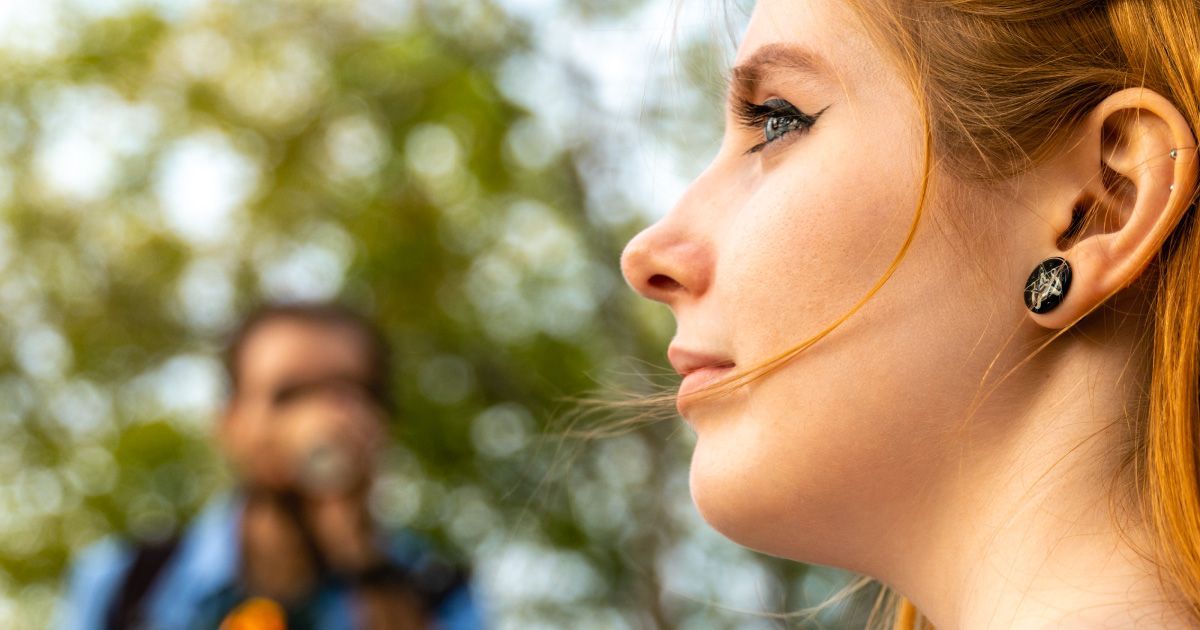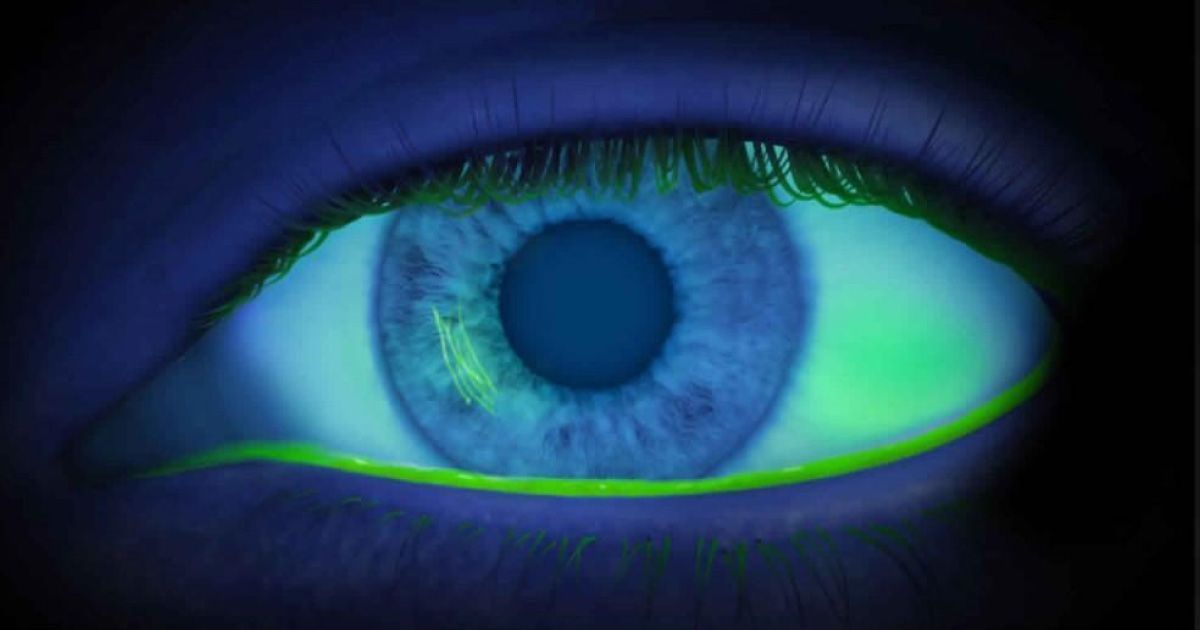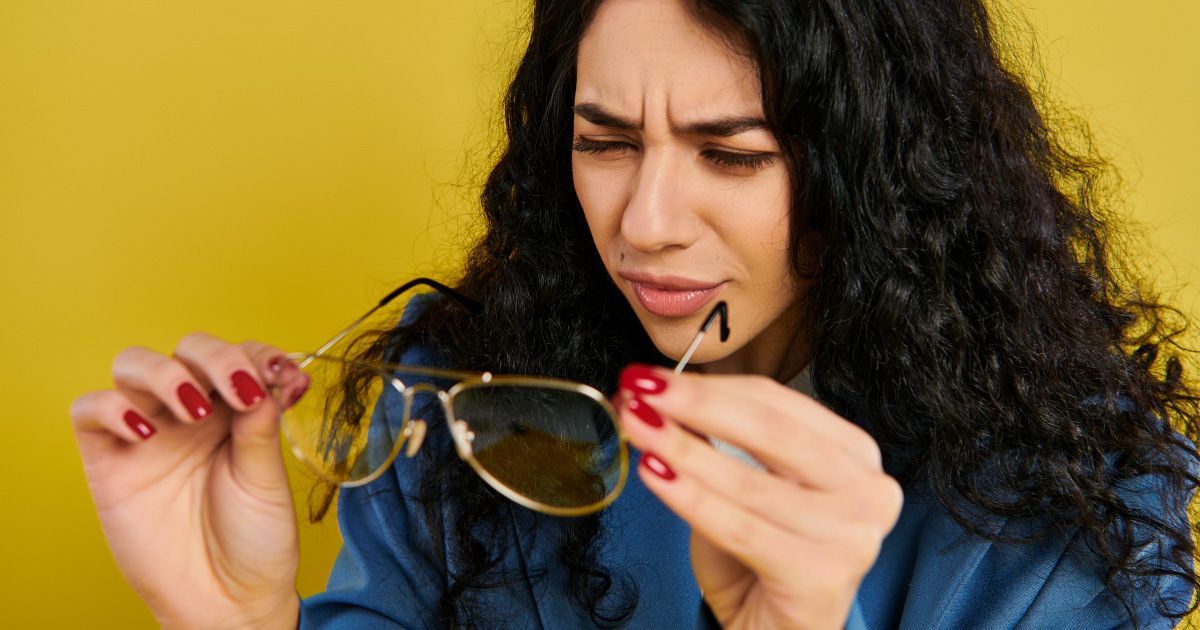Handcrafted Eyewear for San Diego’s Fall Season

Read time: 5 minutes
Fall in San Diego brings a subtle shift. The skies stay bright, the heat evens out, and wardrobes start to change. Whether heading to outdoor events, meeting friends downtown, or walking long city blocks for a late-afternoon coffee, this season invites us to think more intentionally about what we wear, especially our eyewear.
At Urban Optiks Optometry, handcrafted eyewear offers more than a look. It’s about design that fits how San Diegans live: easygoing yet refined, stylish yet functional. The right pair of frames complements this balance, built with care, worn with purpose, and made to move comfortably from morning light to evening plans.
Designed for the Way San Diego Lives
San Diego isn’t a city of subways and skyscrapers. It’s coastal, open, and sunlit. We drive, but we also walk along the waterfront, through neighborhood streets, and across farmers markets. Fall days stay warm and dry, which means eyewear has to perform as well as it looks.
Lightweight strength becomes essential. Frames that balance comfort with durability feel effortless, even after hours outside. When the mornings grow crisp and the air turns dry, well-fitted glasses that don’t slip or press make every step easier.
Great eyewear doesn’t need to be loud to make an impression. In San Diego, good design transitions naturally from an outdoor café in Little Italy to a rooftop dinner in Gaslamp. That kind of versatility is what makes handcrafted frames a perfect match for this city’s lifestyle.
The Art of Handcrafted Eyewear
Frames made by hand begin with intention. The artisans who shape them think beyond function, sculpting comfort, precision, and longevity into every piece. Materials like premium acetate, brushed titanium, or sustainably sourced wood bring texture and balance without unnecessary weight.
Small-batch production allows for individuality. No two sheets of acetate look exactly alike. Color tones, grain lines, and textures vary, giving each frame its own quiet personality. This attention extends to the hinges, curves, and finishes—the details that make a frame feel smooth, stable, and naturally aligned with the face.
Handcrafted eyewear is not about difference for its own sake. It’s about experience: how the frame feels against the skin, how it sits after hours in the sun, and how it maintains its balance in San Diego’s coastal air.
Explore more on our blog: The Revival of Craftsmanship in Eyewear
Fit That Feels Like It Was Made for You
Handmade frames start with fit, not quantity. Independent designers think in dimensions, not one-size-fits-all. Bridge height, temple length, lens depth, and curvature are chosen for comfort and proportion.
A precise fit eliminates pressure points around the nose and ears and keeps glasses from sliding as the day warms. In San Diego’s dry fall air, that difference matters. The right alignment can reduce fatigue, prevent skin marks, and help you forget you’re even wearing glasses.
At Urban Optiks, our opticians tailor each fitting to your facial structure, lifestyle, and prescription needs because comfort isn’t optional. It’s what allows great design to do its job.
Artisanal Style That Reflects the City
San Diego’s fall style has its own rhythm, with warm neutrals, textured fabrics, and understated color. It pairs beautifully with the grounded, sculptural aesthetics of handcrafted eyewear.
Many of the independent designers we carry, from Antwerp to Tokyo, share a devotion to thoughtful design. They blend architectural precision with organic inspiration, combining matte and gloss finishes, layered hues, and contours that echo coastline and sunlight without feeling literal.
These frames don’t shout. They express quiet confidence, a reflection of those who choose individuality over imitation.
Read more: What Makes Independent Eyewear Different
Built to Last and Stay Beautiful
Mass-produced frames often lose their shape or luster over time. Hinges stretch, finishes fade, and comfort disappears. Handcrafted eyewear, by contrast, is built with patience and precision. Layers of acetate are pressed, not fused, ensuring lasting color and structure. Polished metal is sealed to resist corrosion. Every hinge and curve is aligned by hand for long-term balance.
When you invest in craftsmanship, you invest in longevity. Instead of cycling through disposable options, you choose one or two frames that perform beautifully season after season, a philosophy that mirrors San Diego’s growing appreciation for quality, sustainability, and intentional design.
Discover more: Sustainable Luxury in Eyewear Design
Why Details Still Matter
San Diegans notice the small things: how materials feel, how balance affects comfort, and how something holds up after ten hours of use. That’s why handcrafted eyewear continues to stand out. It’s designed for people who live in constant motion and sunlight, where fall can shift from foggy mornings to bright afternoons in a single day.
The details - a sculpted bridge, a perfectly curved temple, a hinge that never loosens - are what separate good eyewear from great eyewear. Each piece at Urban Optiks Optometry embodies this standard, curated specifically for San Diego’s pace and style.
The Takeaway
The right eyewear does more than complete an outfit. It defines how you move through your day. In San Diego, where the light changes by the hour and comfort meets quiet sophistication, handcrafted frames bring balance to both style and function. Every curve, hinge, and finish reflects patience, precision, and purpose.
At Urban Optiks Optometry, we curate eyewear that feels as good as it looks, designed for movement, made to last, and crafted for the way you live.
Explore our handcrafted eyewear collection to find the frame that fits your lifestyle and your season. Experience the difference true craftsmanship makes.
Share this blog post on social or with a friend:
The information provided in this article is intended for general knowledge and educational purposes only and should not be construed as medical advice. It is strongly recommended to consult with an eye care professional for personalized recommendations and guidance regarding your individual needs and eye health concerns.
All of Urban Optiks Optometry's blog posts and articles contain information carefully curated from openly sourced materials available in the public domain. We strive to ensure the accuracy and relevance of the information provided. For a comprehensive understanding of our practices and to read our full disclosure statement, please click here.


















